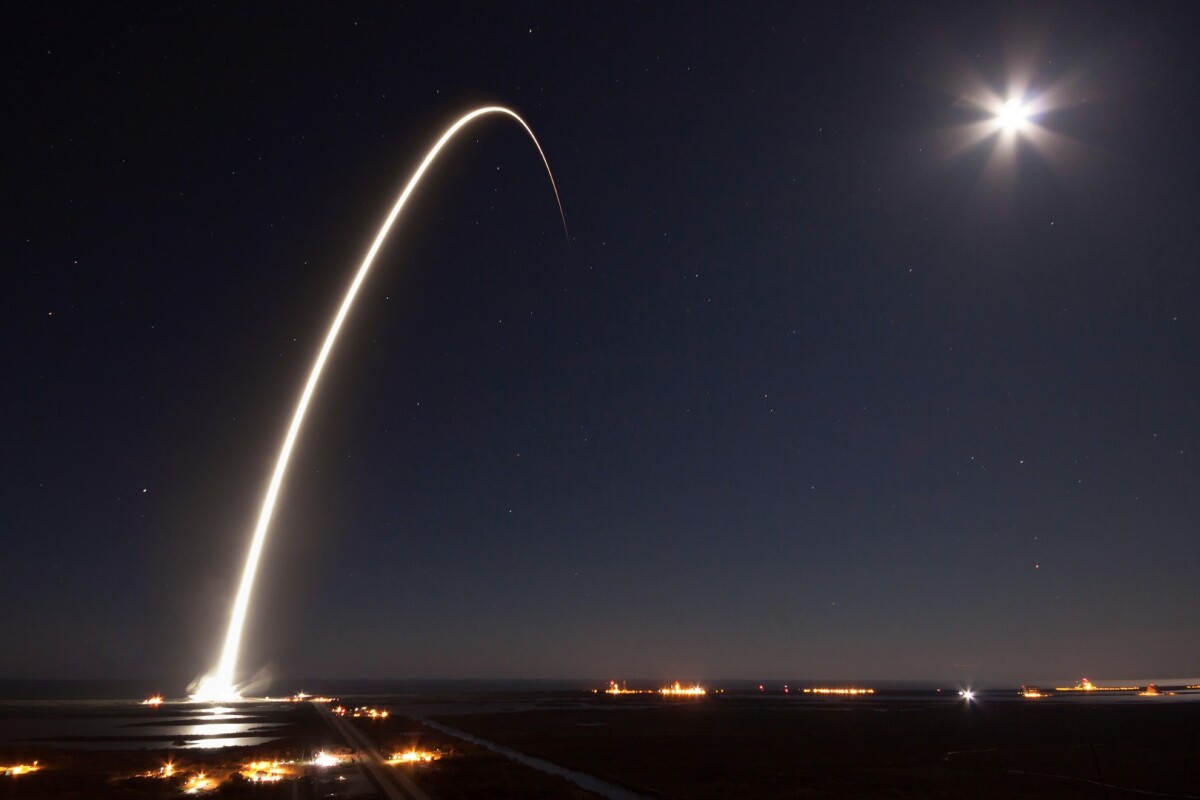Fifty seven percent of the world's population, some 4.2 billion people, is currently without internet access. This was one of the statistics offered up by SpaceX's Patricia Cooper this week, as she fronted the US Senate to outline the company's plans to plug the gaps using a network of internet-beaming satellites.
SpaceX's plans for satellite-powered broadband internet have been bandied about for a while now, as far back as 2015 when Elon Musk first spoke about the idea publicly. The service is expected to cost US$10 billion, involve 4,425 individual satellites and provide speeds on par with that of optical fiber. In November last year, SpaceX filed an application with the Federal Communications Commission (FCC) to operate this gigantic satellite constellation.
In a senate hearing on Wednesday, Cooper, who is SpaceX's vice president of satellite government affairs, revealed further details about the bold plan. And it is bold, considering the total number of satellites orbiting the Earth is currently 1,459, according to the Union of Concerned Scientists. Cooper made a point of highlighting the current gaps in internet coverage and difficulties connecting users in rural regions.
Citing figures from the FCC, Cooper said that 34 million American lack access to 25 mbps broadband service, and that there is a big disparity between those living in urban and rural areas, where more than 39 percent of people lack access to "advanced telecommunications capability." Looking to level the playing field, SpaceX plans to launch high-speed, reliable and affordable broadband internet to users in the US and around the world.
Under the proposal, the 4,425 satellites would be launched on SpaceX's Falcon 9 rocket and operate on 83 separate orbital planes at altitudes between 1,110 and 1,325 km (690 and 823 mi). Using the Ka- and Ku-Band spectrum, the constellation would also be capable of redirecting broadband capacity to areas where it is needed most, and steer it away from areas where it might interfere with other systems.
Cooper also revealed that SpaceX will begin testing the satellites and even launch one prototype before the end of the year, followed by another in the first months of 2018. Once it has been successfully demonstrated, SpaceX plans to kick off a launch campaign in 2019, which would see the satellites fired into orbit in phases through to the year 2024, at which point the system would reach full capacity. That's if it is given the green light, of course.
Source: US Senate




